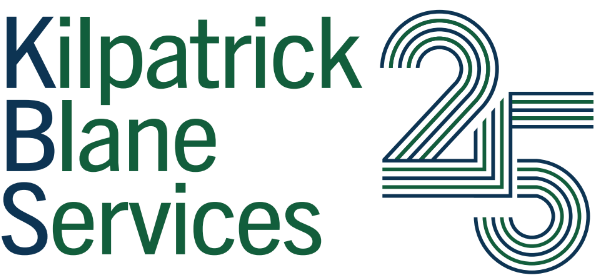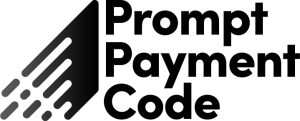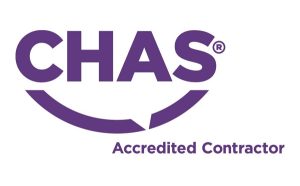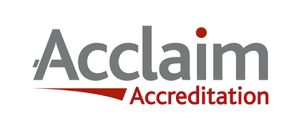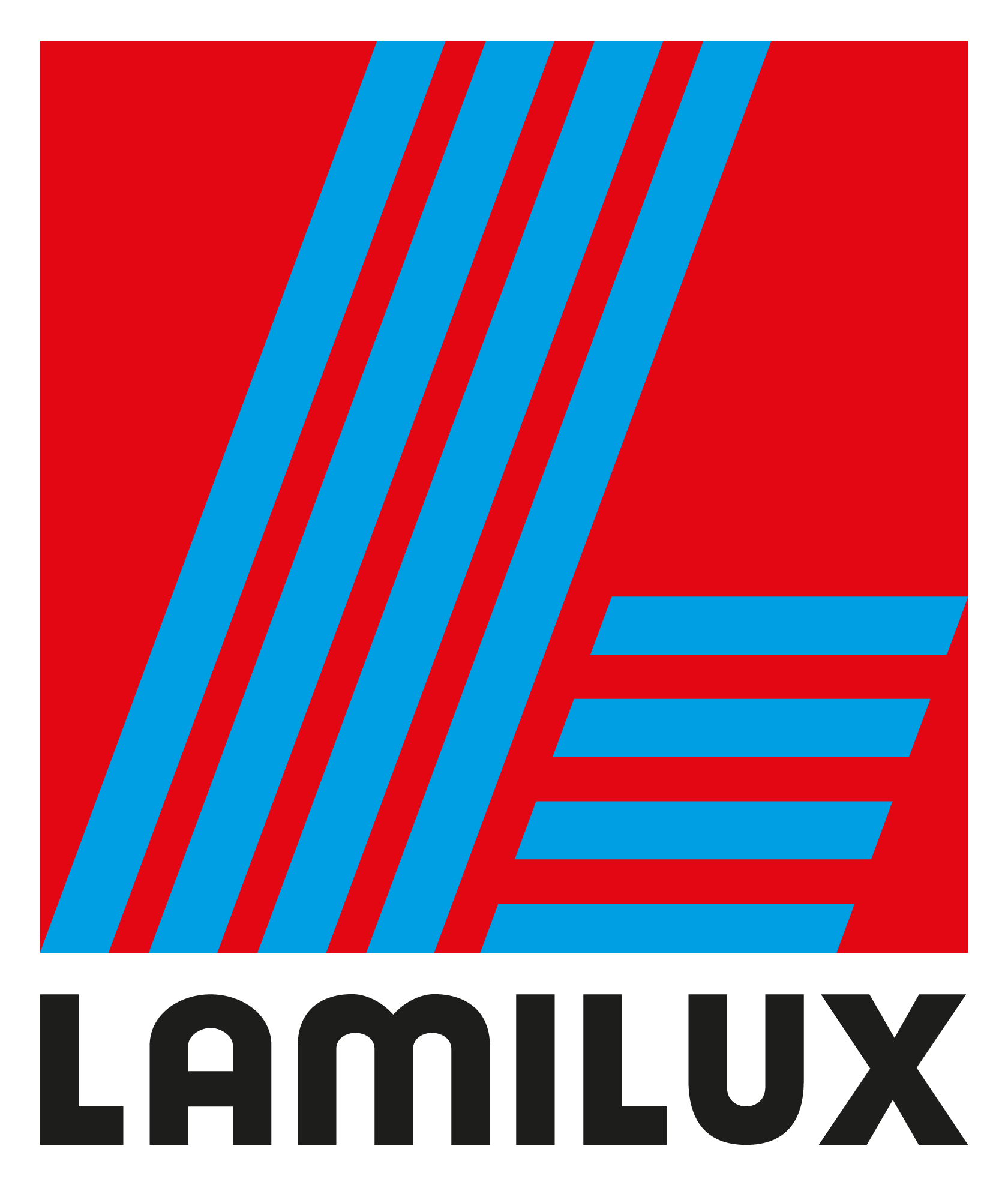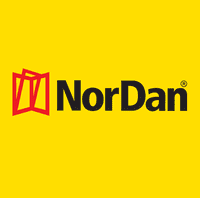Introduction to Smoke Vent Systems
What does a typical system look like
Smoke Ventilation Systems may use principles of ‘Natural’ Smoke and Heat Exhaust Ventilation – using carefully selected and positioned exhaust and inlet vents – and the principles of natural buoyancy. Alternatively, the systems may use ‘powered’ or ‘mechanical’ smoke and heat extract using fans, dampers and inlet vents in conjunction with smoke shafts within the building. A larger building may use a combination of the two.
Components within the system might include different types of fans and AOV’s (Automated Opening Vents) – normally windows, smoke louvres, dampers or rooflights – these must have been tested and proven for the task through certification to the relevant EN12101 standard.
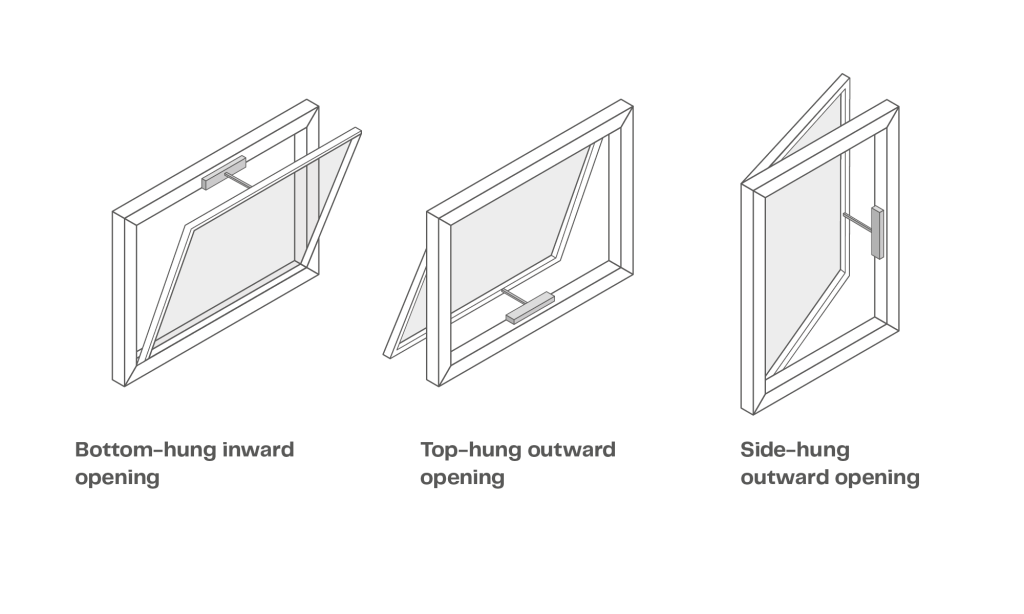
©WindowMaster

©WindowMaster
Cause and Effect
The system is normally controlled by one or more smoke panels containing backup batteries. They may have their own smoke detectors or be connected to the fire alarm system to trigger a certain response of specific vents according to the zone in which the fire was detected. This is commonly known as the cause and effect. It is normal that this strategy will also prevent some of the vents from opening in the building according to the fires detected location. This is to prevent crossover of the smoke and fire, and optimise the initial smoke clearance.
Understanding the cause and effect during testing and servicing is important to know which vents should and shouldn’t be operating under specific test scenarios in order to identify potential system or component failures, and any required maintenance.
In the event the detectors have yet to detect the fire, the system may also be manually triggered by break glass units through manual intervention – breaking the glass and operating the emergency activation button. Tampering or misuse of these components is an offence as it could put lives at risk, however this can unfortunately happen in publicly accessible buildings – another important reason for regular testing and service of the full system.
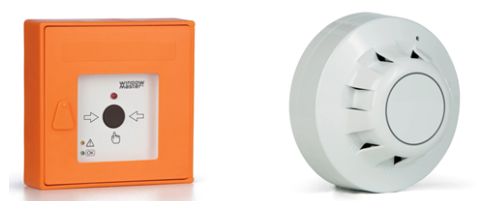
Supporting Fire Services
The system may also feature some element of firemans override functionality, or status display unit to aid the fire services in dealing with the fire.
Supporting you
There are many more variations of components that make up a Smoke Vent system. Some that are in plain sight and other that aren’t. Knowing what you have in your new or existing system through proper documentation is paramount to its ongoing testing and maintenance, and compliance.
Learn more about how we can help with your next Smoke Ventilation System, or fulfilling your ongoing testing and service responsibilities.
